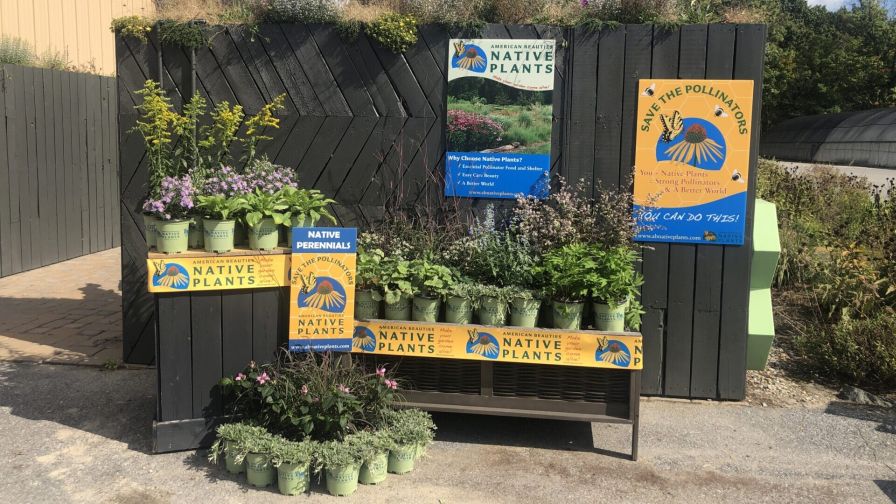Secrets To Success With Calibrachoa
Calibrachoa has had a huge success in the marketplace. Introduced in the mid-1990s, it has become the No. 2 or 3 crop in the vegetative propagated annual category today. Calibrachoa’s success is a product of breeders, who have improved genetics and added color over the years.
Growers are able to use calibrachoa in all forms and sizes, and they can be sold over a long period. Consumers love them because they perform and look stunning.
Still, a crop used as widely as calibrachoa is often considered easy to grow. This is not quite true, though.
Because calibrachoa are challenging, it’s no surprise we sometimes reach limits with it. The first response when calibrachoa don’t grow properly is to blame the supplier, the genetics, the weather or even the crop itself. The answer, however, is often hidden in what we did or did not do to it.
Calibrachoa has not yet reached its ceiling. But with new developments like Selecta’s MiniFamous Double, new colors, improved habits and performance like Selecta’s MiniFamous iGeneration, this crop can go farther. Therefore, growers should sit back and re-focus their needs.
Growing calibrachoa does start with a good liner, but it is important to dismiss a myth: Yes, hardening off liners before planting makes sense, but hardening shouldn’t be done harshly. If growers want plants to grow, they shouldn’t shock plants. Some growers, particularly those in the Southwest, are fortunate to have lots of light.
Differences By Region
Calibrachoa production for Southwestern growers starts in winter, when they can harden liners with cooler temperatures – even outside. Northern growers should not follow their lead, though. Natural light is missing in Northern states and will likely wind up with stunted plants if they rely too much on it.
So instead, move calibrachoa liners into an area with more light, slightly lower temperatures and more ventilation. Keep them a little dryer, but don’t let them dry out. Don’t keep them there for long, either. The biggest enemy of a successful start is a root-bound liner.
Schedule your rooting so plants are planted rather quickly once they are finished, and don’t hold them. If you need time, space trays out and keep them actively growing. When planting a liner, you do want to see nice white roots with fine hair-roots at the end.
If you have dark roots and a lot of roots, your liner is root-bound and too old. After planting root-bound liners, you will need to be very careful not to run into issues, especially root related. Root-bound liners often do not root into new media when not carefully watched.
Weeks later, when spring arrives with light and higher temperatures, those liners may start to wilt and die. Pulling them out shows the dilemma: They never really rooted into the new growing media. If you root yourself, keep the liners young and fresh. When receiving rooted liners, plant them right away.
Good Start Is A Must
Even with the perfect liner, we still need to watch the first two to three weeks closely. Calibrachoa require a warm start and a high-quality, well-draining media. Only after they’ve developed new roots and rooted nicely into media can we think about cooler temperatures.
In order to get calibrachoa to root into the new growing media, we must keep them on the dry side after planting liners. Water them slightly, but don’t soak them. Keep the temperatures up, even at night. Start with a lower EC in your media (about 1.2) and use fertilizer with 150 ppm to start (using a well-balanced fertilizer with micro nutrients) increasing gradually with time.
Your pH should be around 5.8. Good temperatures to start with are 70 to 75°F during the day and 55 to 60°F at night. Water management is also important. Avoid drying out or over-saturating the growing medium. Roots will suffer when conditions change from one extreme to the other. Grow them on the dry side, letting the substrate become dry (color turns light brown) before watering. But do so before the substrate starts to separate from the pot edge.
Takeaways
When growing mixed baskets, make sure to focus on the most sensitive crop used. It might just be calibrachoa. No matter if you use a 5-inch, quart, 6-inch, gallon, or a 10- or 12-inch basket, grow a mono or mixed crop. The same basic rules apply. A perfect liner and good start make all the difference. Watch the weather and adjust accordingly, especially watering practices and climate control.
The best way to keep a close eye on your crop is to check the roots weekly. Roots will tell you right away if something is wrong. “Listen to the plants and feel what is going on,” my dad always said. Growing a good calibrachoa crop requires no magic. Attention to the details makes the difference.








